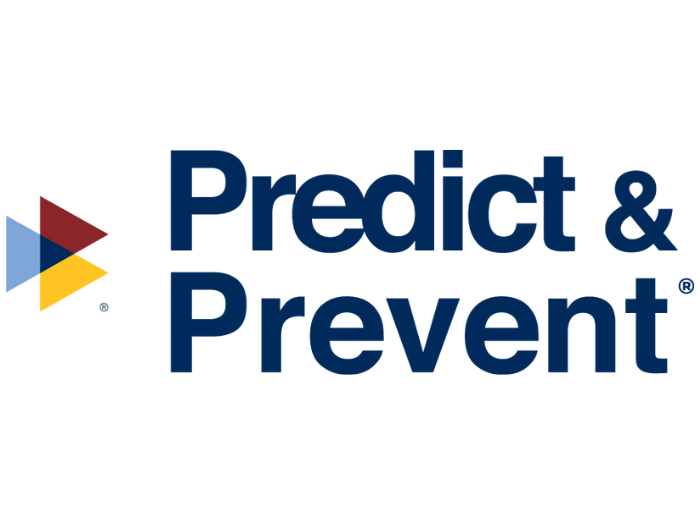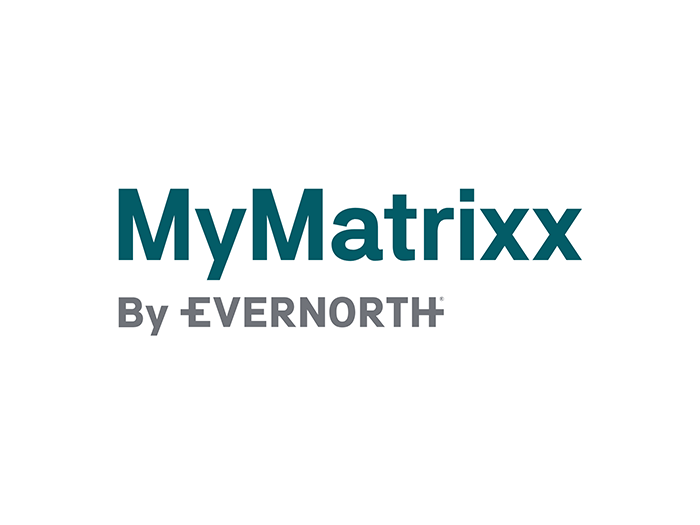Your Risk Strategy and Your Reputation: How Sharing One Will Bolster the Other and Benefit Investors
Poisoning from potassium cyanide-laced Tylenol-brand acetaminophen capsules killed seven people 40 years ago.
The fear racing throughout the global pharmaceutical supply chain destroyed the reputation of one of the most widely used medications and deeply wounded the value of its manufacturer, Johnson & Johnson.
More important, it stimulated a risk strategy that produced tamper-resistant packaging and other supply chain controls.
In theory, those deaths need not have happened, and the pharmaceutical company did not need to suffer such profound reputational damage that its equity underperformed the S&P 500 by almost 30% at one point over the following four years.
The technology that the company deployed and then heavily promoted after the event in a struggle to regain its customer base already existed. The speed bumps at both ends of the value chain, however, obscured a compelling business case to implement a comprehensive risk strategy and a credible risk strategy story that customers and other stakeholders could appreciate and value.
A second tampering case in 1986 made both cases easy to understand.
The value of the material risk strategy investment became obvious to investors and customers alike. Tylenol’s share of the market for analgesics surged as its reputation for safety was proven conclusively, and the company’s equity outperformed the S&P 500 by almost 26% at one point over the following year.
What are the lessons we can take from this extraordinary event? Let’s begin by defining the range of challenges.
The first challenge is the essence of a risk strategy. Risk strategies are plans to reduce the impact of threats to things we value. Companies need risk strategies to reduce the impact of threats to their asset value and cash flow.
Sοme threats can be fully mitigated and others managed.
Some threats break through and cause losses for which insurance can often aid companies in returning to operation.
Some of the most complex risks today, especially involving the relationship between companies and environmental stewardship, social justice and dutiful governance emerge from threats to companies from angry disappointed stakeholders. These are reputation risks, and they call for strategies that include risk mitigation through expectation management.
The second challenge is the essence of corporate management and governance.
The principle that companies manage and govern best what they can measure is closely linked to the principle that workers and executives are rewarded for that which their managers can measure.
Taking risks that yield high returns, especially in the investment world, yield outsized rewards because the massive returns can be measured.
Regulations such as Dodd Frank more than a decade ago were explicit that executives should be punished for losses with compensation clawbacks and loss of variable compensation.
Rewards for risk strategies that prevent adverse events are much harder to find because the value of non-events is harder to measure.
That’s where our industry has something to offer. My company helps clients manage, mitigate, insure and reinsure reputation risk, and a key risk strategy we support is enabling our clients to insure themselves through a financial vehicle called an insurance captive. The insurance captive is the key to making the value of a risk strategy transparently measurable to all stakeholders.
Insurance captives are usually wholly owned by their parent company. They accept the risks of their parent, they charge premium to their parent, and they pay claims for losses to their parent.
They are regulated and audited as insurance companies, so there is a third party overseeing their books, and they can be reinsured so there is a third party overseeing the quality of their risk strategy.
Insurance captives that help their parent companies with better risk strategies will show insurance profits — measurable indicators of effective thoughtful risk management and dutiful risk governance over what is mission-critical to a firm.
Since the events 40 years ago, the equity markets have rewarded companies that have made effective risk strategies transparent.
A recent analysis by Steel City Re found that companies with effective risk strategies outperform their peers by up to 9% after they publicize their strategy. Their reputations shine. That “reputation premium” is about 5% on average when their risk strategy is “discovered” by their successful management of an adverse event.
An average equity boost of 9% may seem small relative to the boost Johnson & Johnson earned after publicizing its risk strategy for years and then having it “discovered” by an adverse event, but when it comes to reputational risk, the magnitude of loss and gain correlates with emotional intensity.
That’s why today, with ESG-linked reputational risks prevalent in a highly politicized environment, we should value an effective risk strategy more than ever. &










